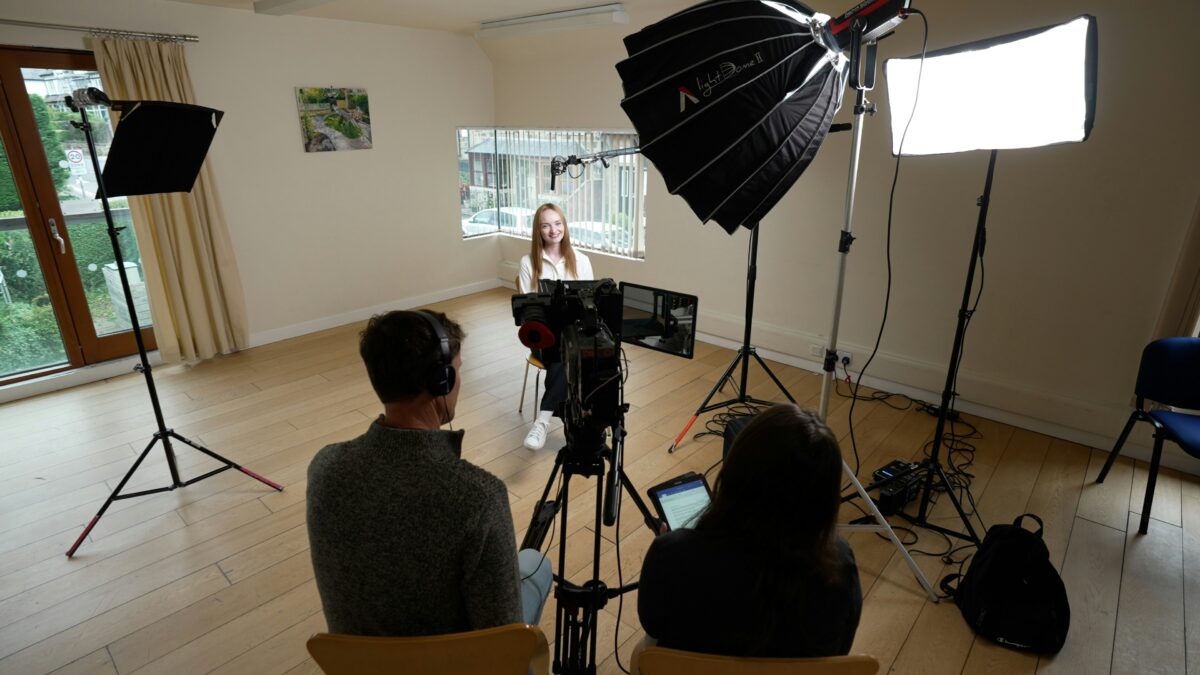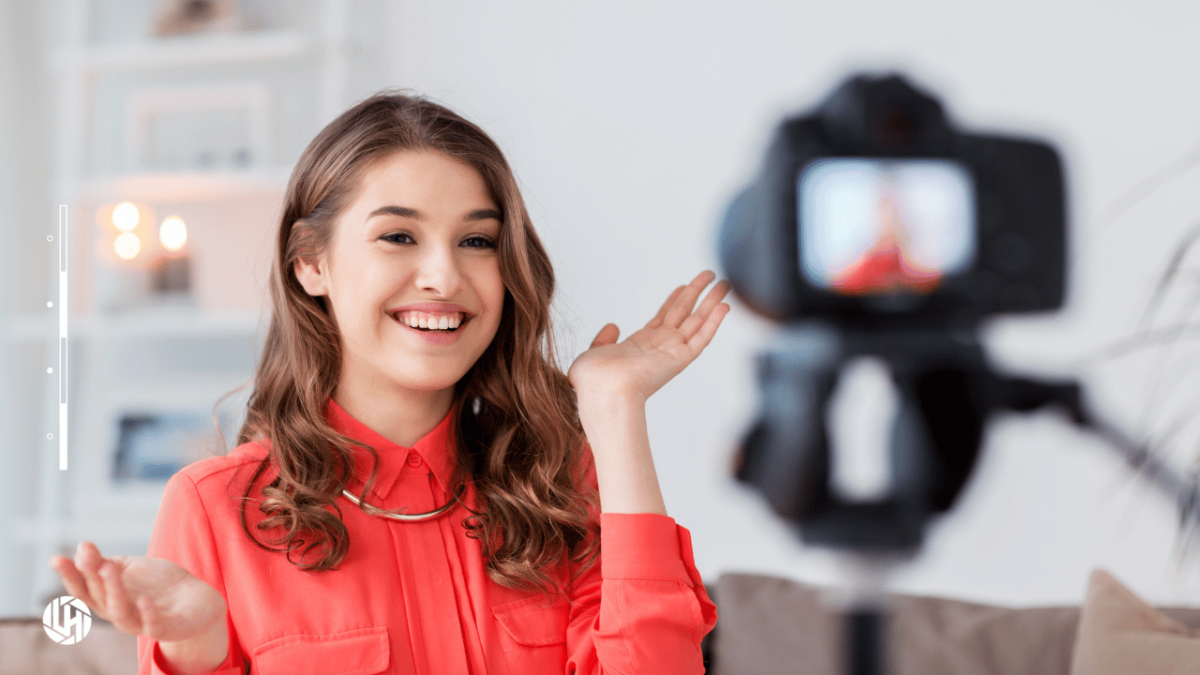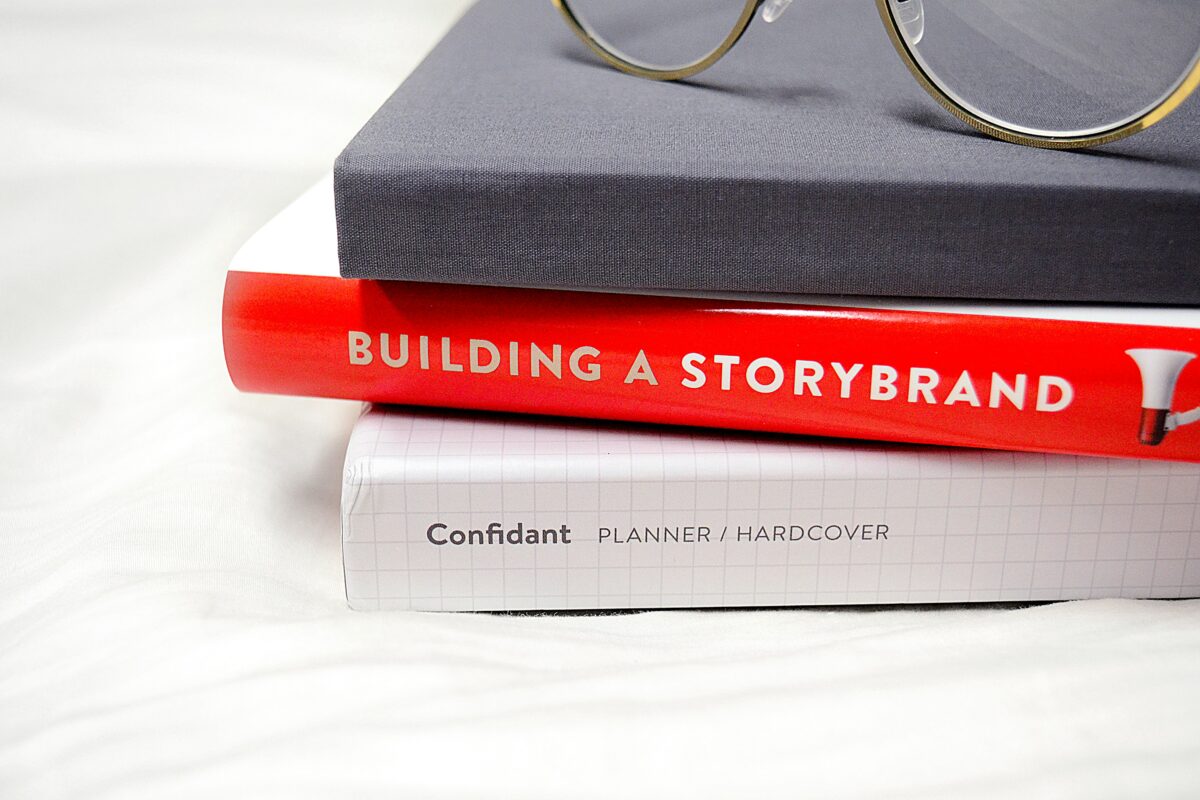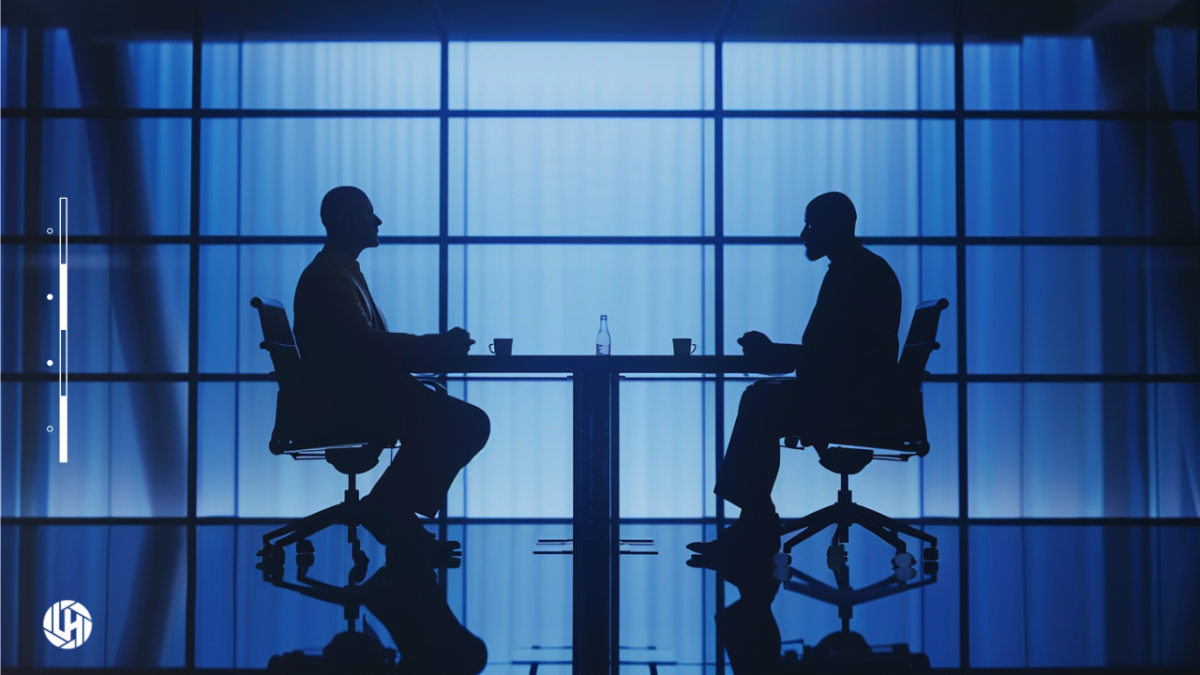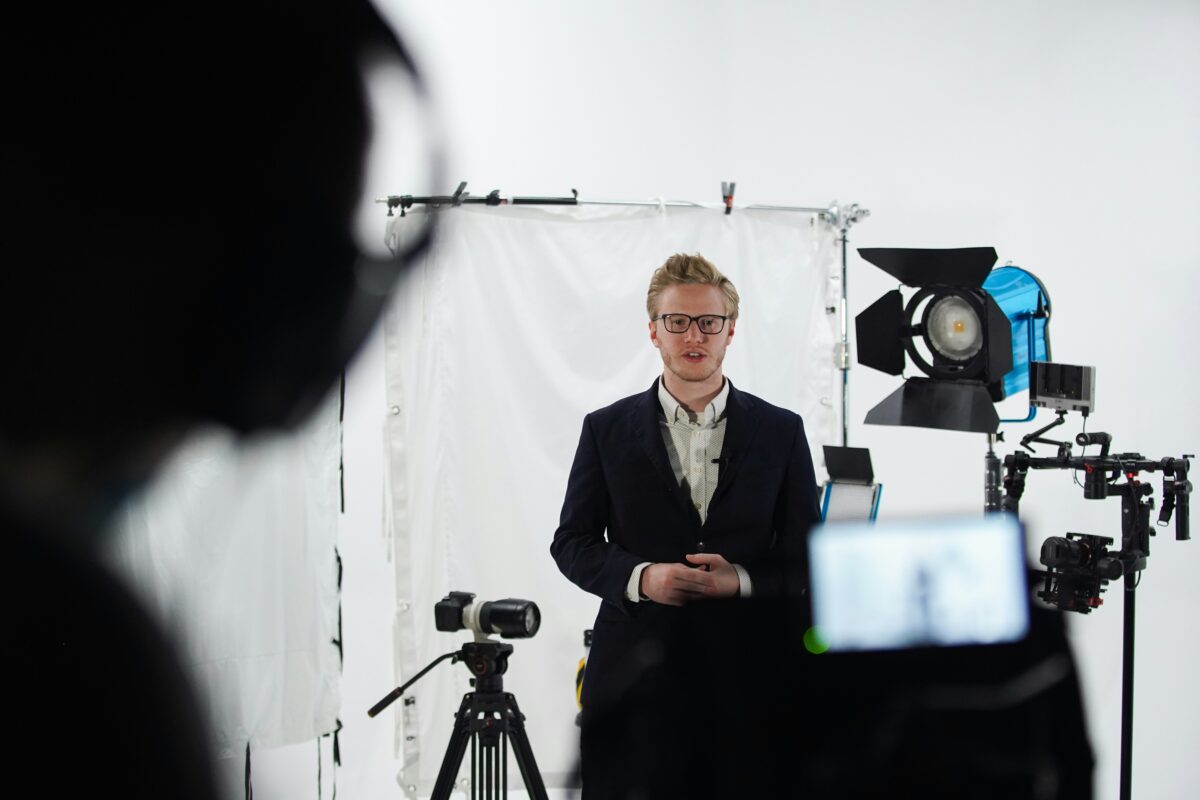Integrating Customer Testimonials into Video Marketing Campaigns
lensheadmedia
on
May 20, 2025
Including customer testimonials in your corporate videos is one of the most effective ways to boost credibility, build trust, and connect with your audience. Real feedback from satisfied clients reinforces your brand’s value and helps potential customers make informed decisions. Here’s how and why to use them strategically.
The Power of Testimonials
Trust is critical in today’s digital marketplace. Before making a purchase, most consumers look for social proof. Featuring customers who’ve had positive experiences with your brand proves that you deliver on your promises—more convincingly than traditional advertising ever could.
Testimonials also humanize your brand. Instead of marketing messages, viewers see relatable people sharing genuine stories. This emotional connection helps your audience feel more confident about choosing your company.
How to Collect Authentic Testimonials
Start by identifying your happiest clients, those who’ve seen clear benefits from your product or service. Reach out for permission to record or feature their feedback. Video interviews work best, as they capture emotion, tone, and body language. Use open-ended questions to let customers speak in their own words.
Online reviews and social media posts are also great sources. With consent, you can repurpose this content for your video. Just remember: authenticity is key. Avoid overly scripted responses and focus on real stories.
Offering small incentives can encourage participation, but sincerity should always come first. And no matter the source, always get permission to use someone’s testimonial.
Crafting a Story With Testimonials
A good testimonial video isn’t just a series of clips, it’s a story. Decide what core message your video should convey: is it about solving a problem, introducing a product, or showing customer success?
Use a problem-solution structure. Start with a common challenge your audience faces. Introduce your solution, then show how real customers benefited. This keeps the message clear, relatable, and persuasive.
Make sure the video flows smoothly. Use transitions to tie sections together and keep the pace engaging. The tone should reflect your brand: professional, yet friendly and genuine.
Boosting Credibility With Video
Unlike written quotes, video testimonials show the speaker’s expressions and tone, making them feel more real. This emotional depth strengthens credibility and makes your message stick.
Choose customers who speak clearly and can explain how your product helped them. A diverse range of testimonials can also show your product’s versatility and appeal to broader audiences.
Professional production matters. Good lighting, clear audio, and quality visuals help your message land effectively. Even a powerful testimonial can lose impact if it looks or sounds amateurish.
Promoting Your Testimonial Video
Once your video is ready, get it in front of the right audience. Use SEO best practices by including relevant keywords in the video title, description, and tags. Embed it on your website to boost visibility and search performance.
Post on social platforms like LinkedIn, Instagram, Facebook, and YouTube. Create captions that spark curiosity or invite comments. You can also collaborate with influencers or brand partners to reach new audiences.
The more places your video lives, the more impact it can have.
Final Thoughts
Incorporating customer testimonials into your corporate videos can transform how audiences perceive your brand. They make your message more trustworthy, relatable, and emotionally resonant. When potential customers hear real stories from satisfied clients, they gain confidence that your business can deliver similar results.
But effective testimonials don’t just happen, they require a thoughtful approach, professional storytelling, and high-quality production.
That’s where Lens Head Media comes in.
We specialize in capturing authentic, compelling customer testimonial videos that showcase the true impact of your products or services. From pre-production planning to on-site filming and post-production editing, our team ensures your clients’ voices come through clearly and powerfully. Whether you’re looking to build trust, highlight success stories, or strengthen your brand’s credibility, we’ll help you bring those moments to life on camera.
Contact us today and let us help you turn customer experiences into one of your most powerful marketing tools.
